Some of the world’s most enchanting villages are tucked away in the rolling hills and
pristine landscapes of Eastern Europe. Each offers a unique escape from the hustle
and bustle of modern life. These hidden gems provide authentic experiences where
time seems to slow down and traditional ways of life still flourish.
From centuries-old architecture to warm local hospitality, these 15 serene villages
offer the perfect destination for travelers seeking tranquility and cultural immersion.
Hollókő, Hungary
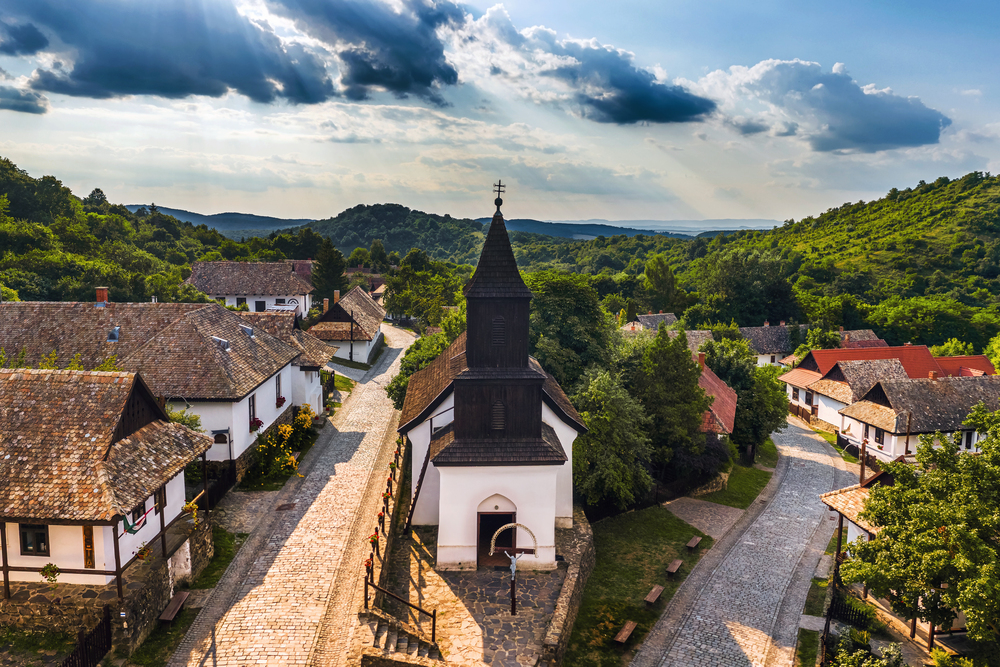
This UNESCO World Heritage site nestled in the Cserhát mountains showcases
traditional Palóc ethnographic culture in its purest form. The village’s 67 protected
buildings are prime examples of a deliberately preserved traditional settlement,
featuring distinctive white-walled houses with wooden galleries that date back to the
17th century.
Local women still wear traditional folk costumes daily, while the medieval Hollókő Castle stands guard over the village from its perch 1,148 feet above sea level. The surrounding oak forests offer excellent hiking opportunities, with trails leading to spectacular viewpoints of the village and beyond.
Viscri, Romania
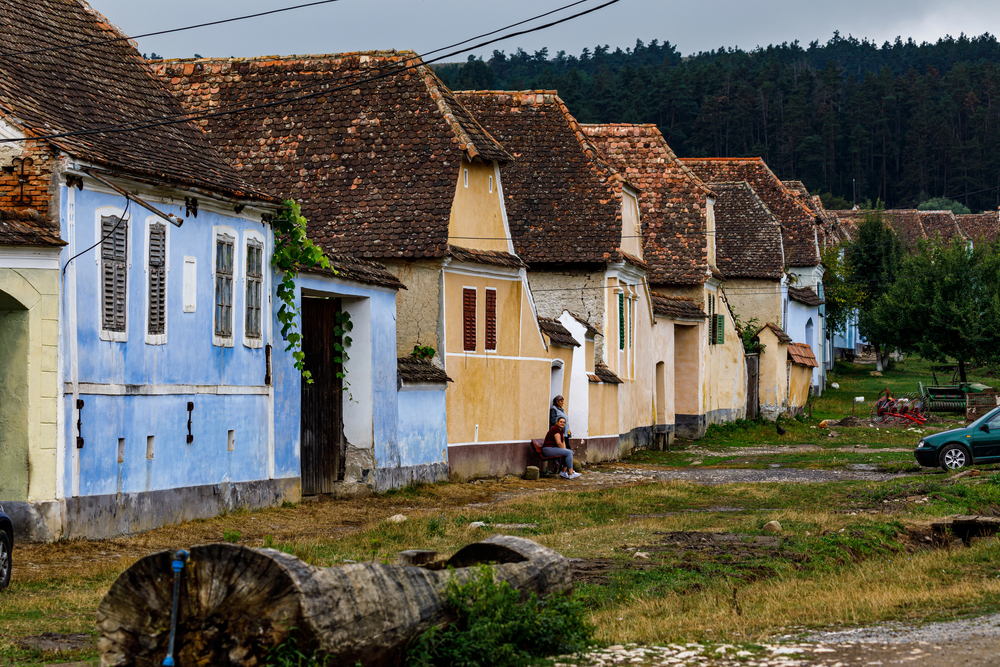
Prince Charles’s favorite Romanian village is quietly nestled in the heart of
Transylvania, surrounded by rolling hills and ancient oak forests. The village’s 12th-
century fortified church rises above the rustic houses with distinctive baby-blue
facades and red-tiled roofs.
Local artisans continue age-old blacksmithing and wool felting traditions, welcoming visitors into their workshops. The unpaved streets and horse-drawn carts transport visitors back in time, while the surrounding countryside offers 12 miles of marked hiking trails.
Like Travel Pug’s content? Follow us on MSN.
Zhirovitsky, Belarus
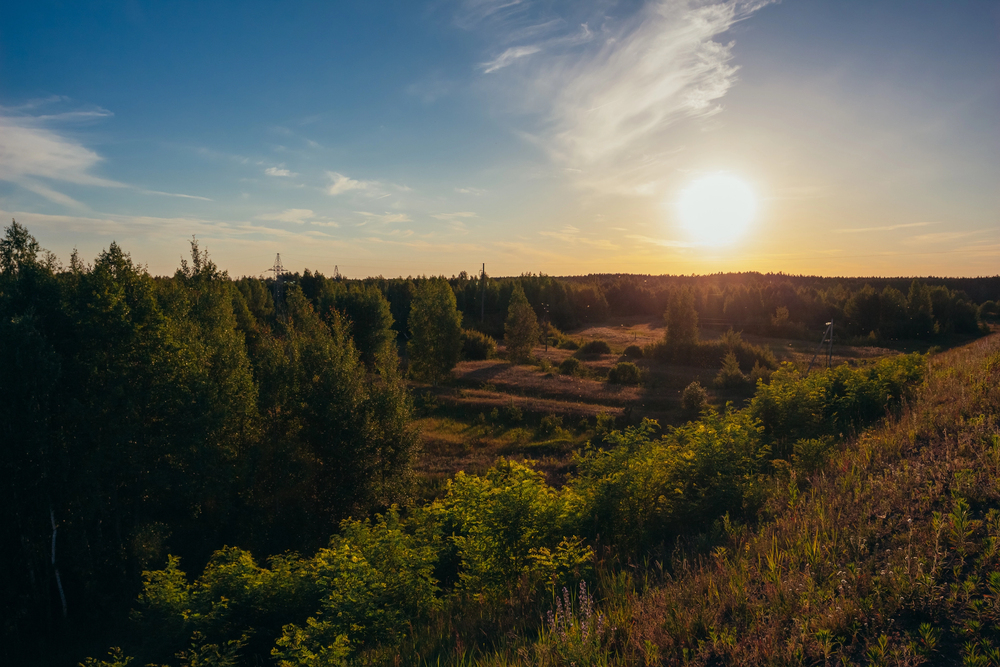
Hidden among the Belarusian forests, this village centers around the magnificent
Zhirovitsky Monastery complex, home to one of Eastern Europe’s most important
Orthodox shrines. The monastery’s five churches feature stunning examples of
Baroque architecture, while the surrounding botanical gardens showcase over 500
species of plants.
Local beekeepers maintain traditional apiaries in the nearby forests, producing some of the region’s finest honey. The village’s location along the ancient amber trade route has left it with a rich historical legacy.
Drvengrad, Serbia
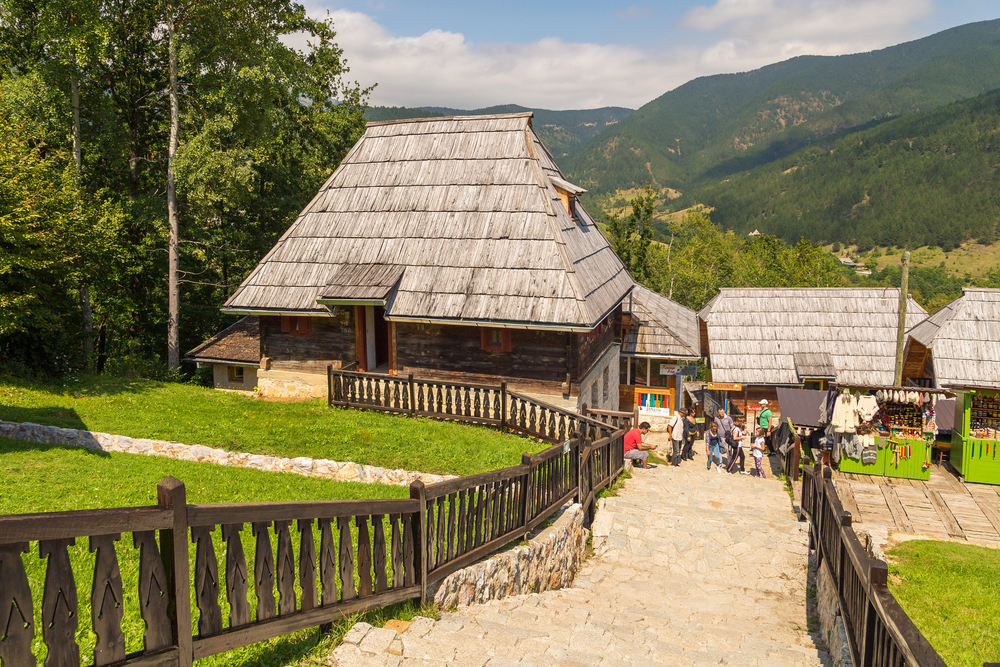
Film director Emir Kusturica’s wooden town perches atop Mećavnik Hill, offering
panoramic views of the Zlatibor mountains. Initially built as a movie set, the village
has evolved into a living cultural center with traditional wooden architecture and
cobblestone streets.
Every building is constructed from local wood, and the village hosts an annual independent film festival that draws artists worldwide. The nearby Šargan Eight railway offers a scenic narrow-gauge journey through the mountains.
Telč, Czech Republic
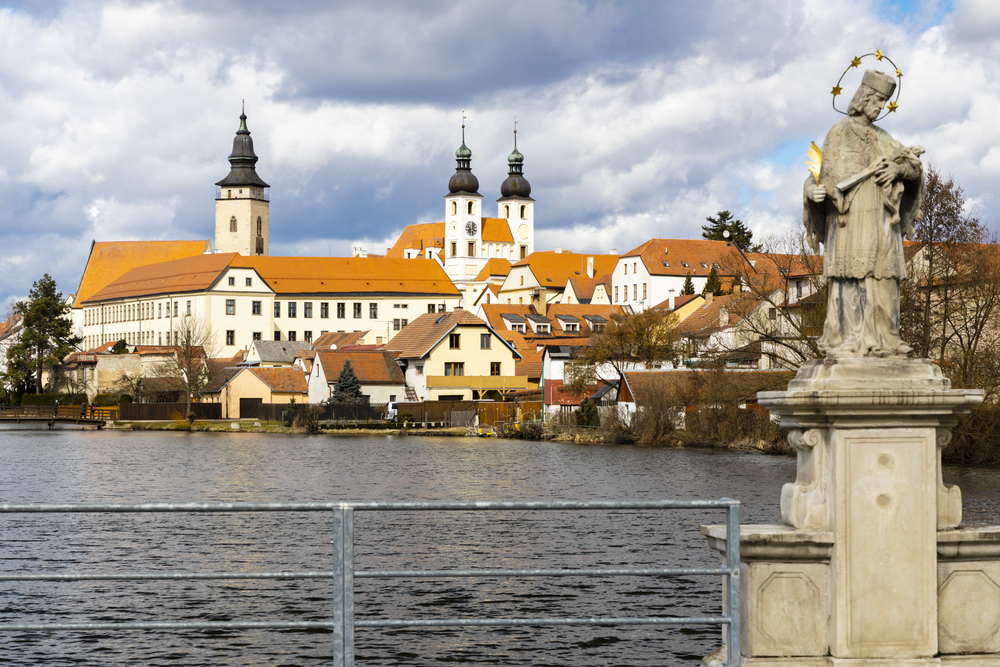
This fairytale town showcases some of Central Europe’s finest preserved
Renaissance architecture, with its main square surrounded by pastel-colored
burgher houses. The town’s system of artificial ponds, created in the 16th century,
reflects the colorful facades like mirrors throughout the day.
Local artisans continue the tradition of gingerbread making, using centuries-old recipes passed down through generations. The surrounding countryside offers numerous cycling routes through the gentle Bohemian-Moravian Highlands.
Like Travel Pug’s content? Follow us on MSN.
Zalipie, Poland
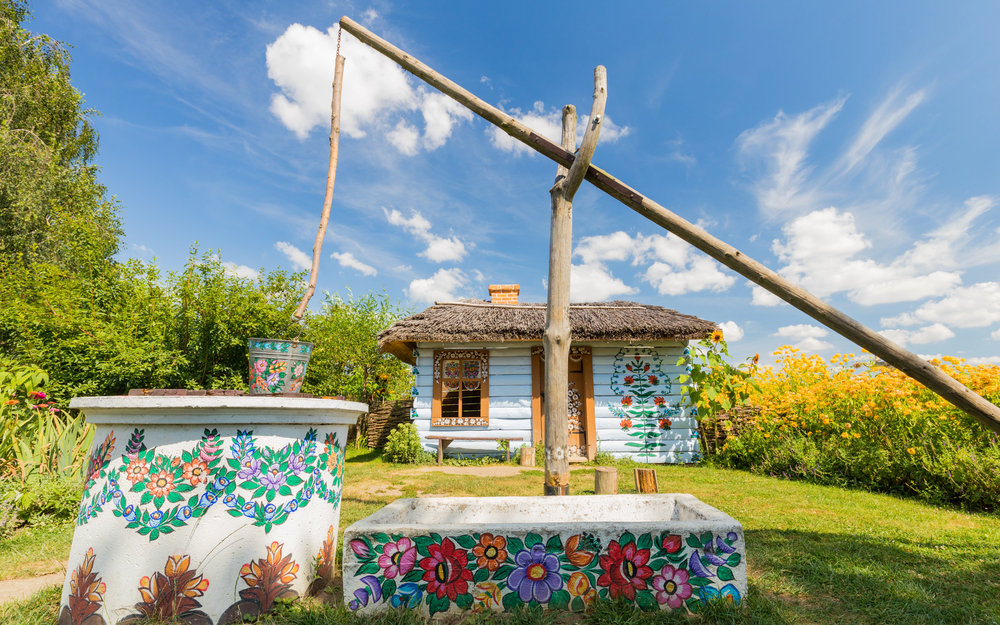
Known as the ‘painted village,’ Zalipie’s houses feature vibrant floral patterns on
every surface, inside and out. This unique tradition began over a century ago when
local women painted flowers to remove soot marks from their stoves.
The village has hosted an annual Painted Cottage Competition since 1948, drawing artists from across the region. The surrounding Małopolska countryside offers peaceful walking trails through traditional Polish farmland.
Koprivshtitsa, Bulgaria
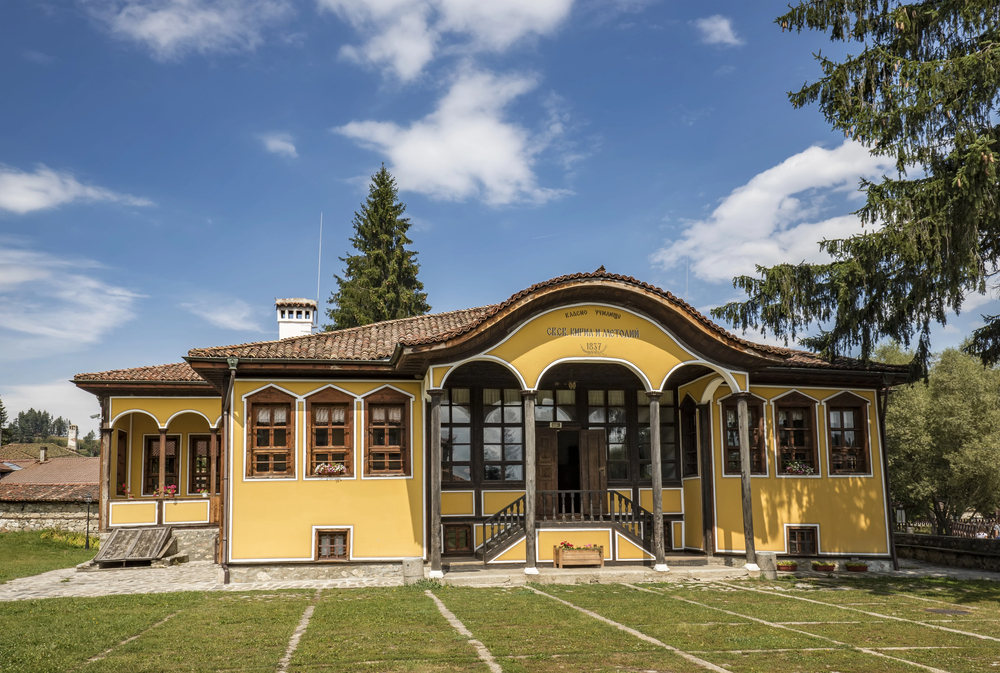
Nestled in the Sredna Gora mountains, this architectural reserve preserves the
essence of the Bulgarian National Revival style with its colorful wooden houses and
cobblestone streets. The village played a crucial role in Bulgaria’s April Uprising
against Ottoman rule, and its museums now house precious artifacts from this
period.
Local artisans continue traditional wood carving and copper working traditions, selling their wares from workshops in centuries-old buildings. The village hosts a renowned folk festival every five years, bringing together musicians from across the Balkans.
Podsreda, Slovenia
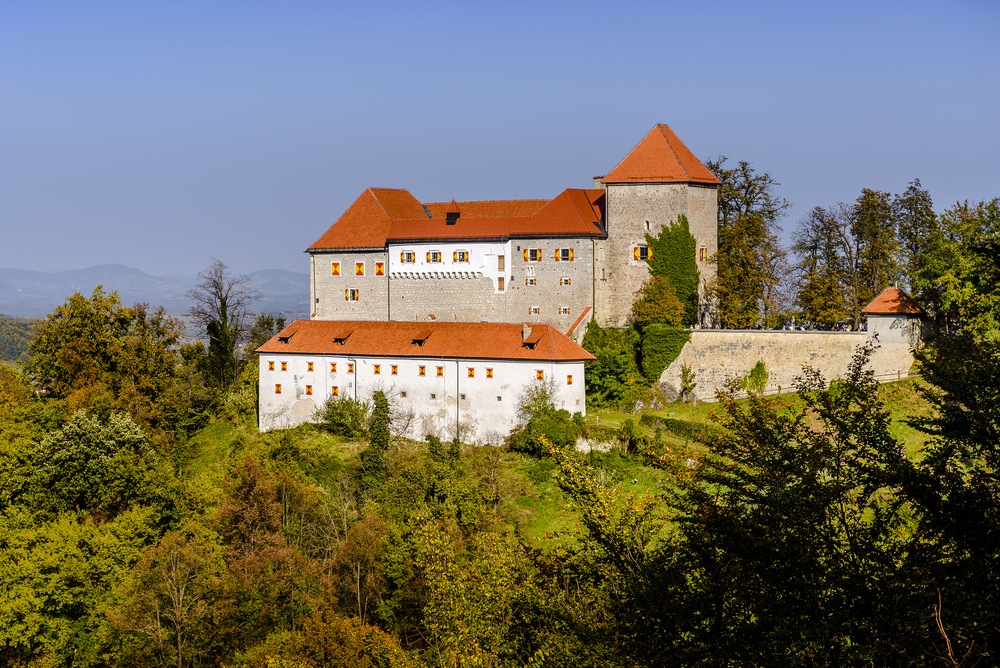
This medieval village clusters around its remarkably preserved 12th-century castle,
surrounded by the pristine nature of the Kozjansko Regional Park. The castle’s Gothic chapel contains some of Slovenia’s finest preserved frescoes, while the village’s traditional houses showcase the region’s distinctive architecture.
Local winemakers maintain centuries-old cellars carved into the hillsides, producing
excellent varieties of Blaufränkisch. The surrounding area offers over 30 miles of
marked hiking trails through apple orchards and virgin forests.
Like Travel Pug’s content? Follow us on MSN.
Kovachevitsa, Bulgaria
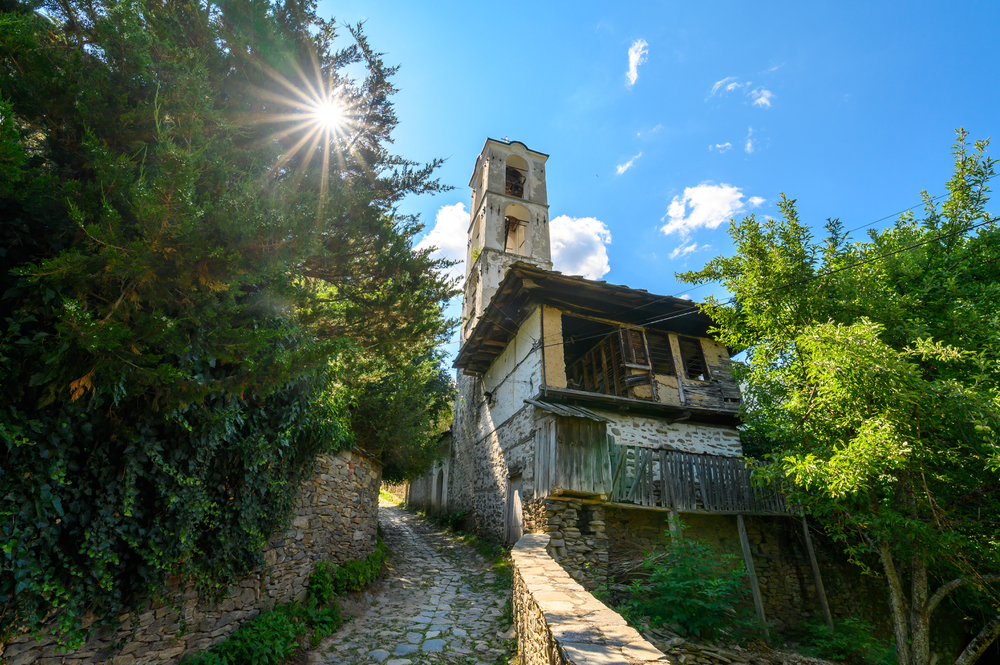
This architectural marvel clings to the steep mountainside in the Rhodope
Mountains. It features unique two-story houses built from local stone and wood. The
village’s narrow cobblestone streets wind between these impressive structures,
which showcase distinctive architectural elements from the Bulgarian Revival period.
Residents maintain traditional crafts such as wool weaving and wood carving,
offering workshops to interested visitors. The surrounding mountains provide
numerous hiking opportunities, including trails to hidden Orthodox chapels.
Holašovice, Czech Republic
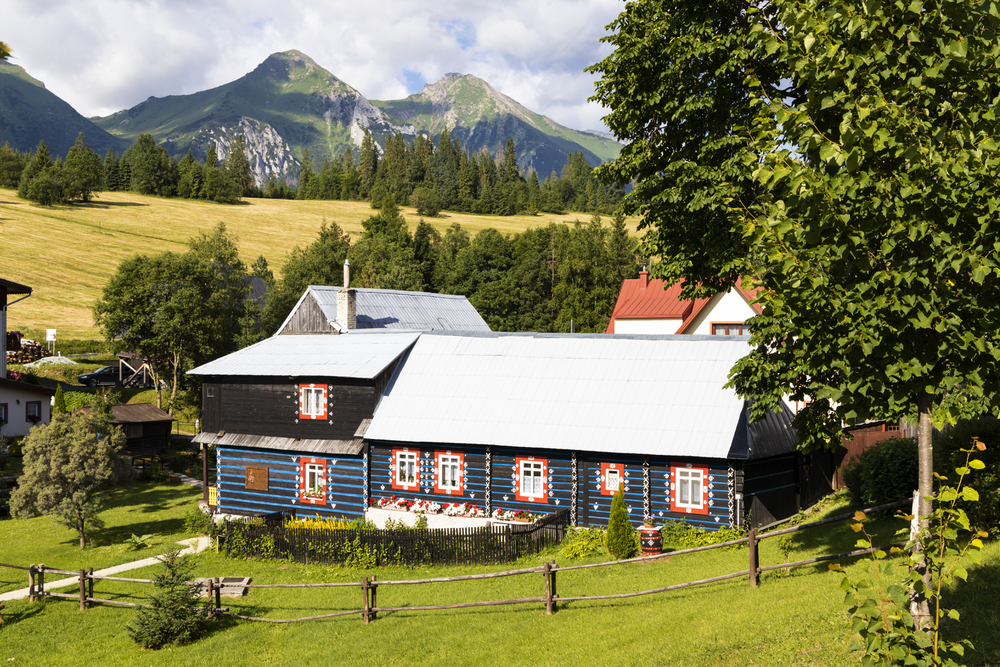
This UNESCO-listed village, with its pristinely preserved 18th—and 19th-century
farmsteads, represents one of the finest examples of South Bohemian folk baroque
architecture. The village’s layout has remained unchanged since medieval times,
with a central green surrounded by 23 farmsteads featuring decorated gables and
stucco decorations.
Local farmers maintain traditional agricultural practices, including cultivating heritage grain varieties. The surrounding countryside offers excellent cycling opportunities through the gentle South Bohemian landscape.
Ždiar, Slovakia
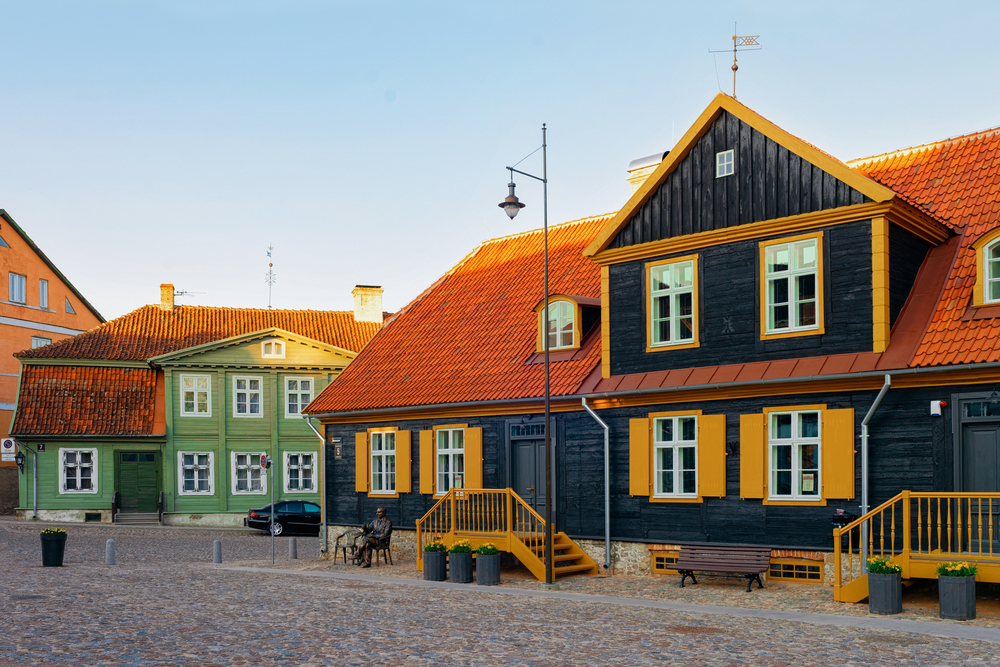
Tucked beneath the Belianske Tatras, this traditional Goral village maintains its
distinctive wooden architecture and rich folk traditions. The local Goral culture, with
its unique dialect, music, and customs, remains vibrant daily, particularly during
seasonal festivals.
The village’s ethnographic museum showcases traditional costumes and crafts, while local restaurants serve authentic Goral cuisine. The surrounding mountains offer excellent hiking and skiing opportunities throughout the year.
Like Travel Pug’s content? Follow us on MSN.
Kuldīga, Latvia
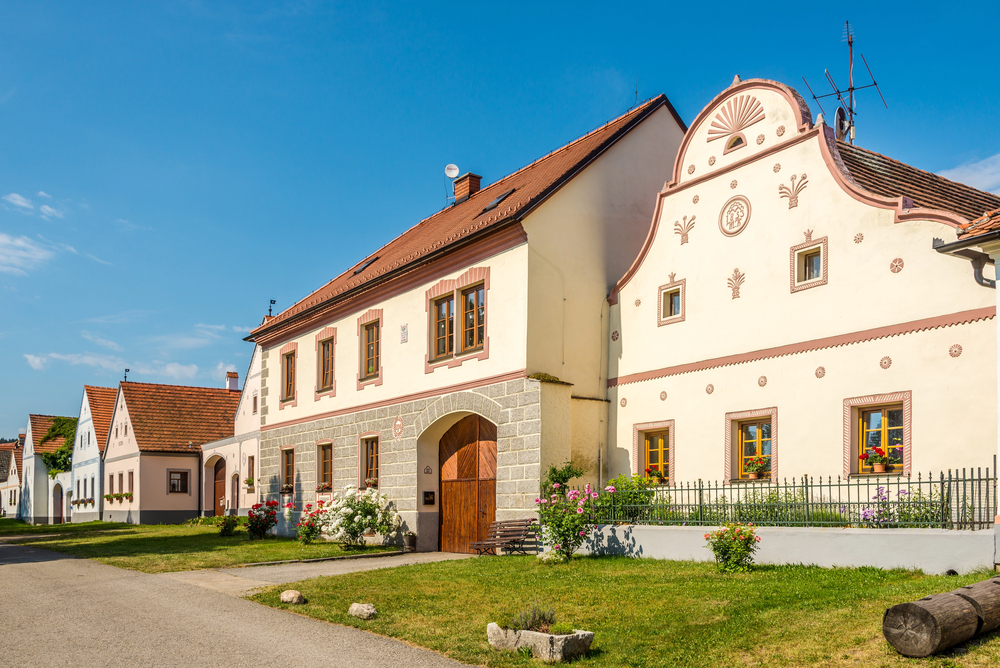
Often called the ‘Venice of Latvia,’ this charming town features Europe’s widest
waterfall, the Ventas Rumba, stretching 815 feet across the Venta River. The town’s
historic center preserves its medieval street plan and distinctive red-roofed wooden
architecture from the 17th and 18th centuries.
Local fishermen maintain the tradition of catching salmon using ancient techniques as the fish leap up the waterfall. The surrounding Kurzeme region offers numerous cycling routes through pristine forests and along the Baltic coast.
Zheravna, Bulgaria
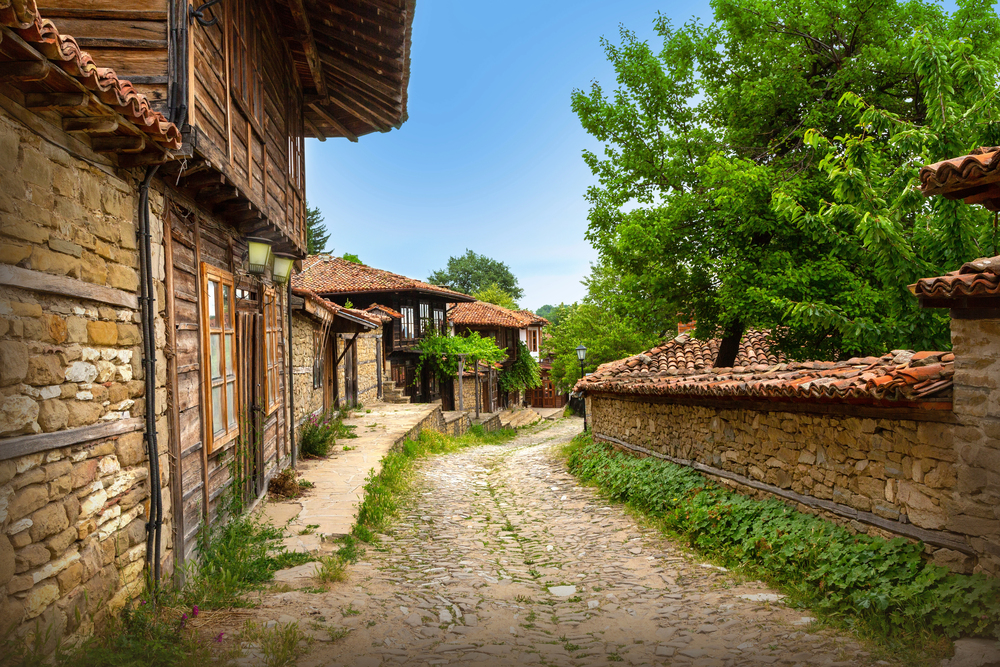
This museum-village in the eastern Balkan Mountains preserves over 200 houses
from the Bulgarian National Revival period, built between the 17th and 19th
centuries. The village’s stone-paved streets wind between massive stone walls,
hiding beautiful wooden houses with overhanging upper floors and intricate wooden
decorations.
Local artisans continue traditional leatherworking and wood carving traditions, offering workshops in centuries-old techniques. The surrounding forest paths lead to hidden monasteries and natural springs.
Cicmany, Slovakia
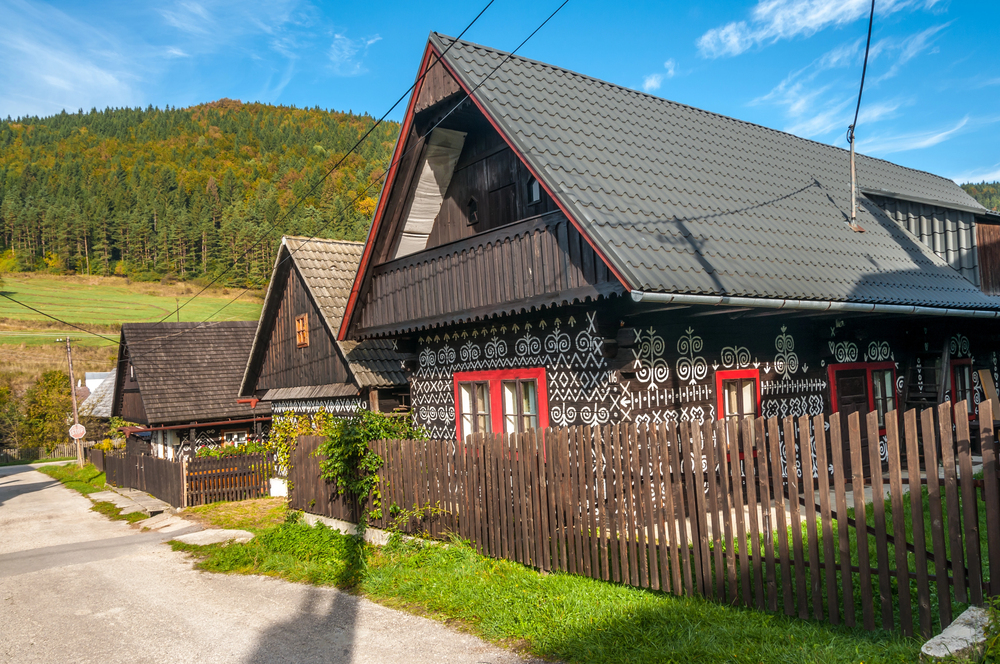
Famous for its unique white geometric patterns painted on dark wooden houses, this
village maintains some of Slovakia’s most distinctive folk traditions. The decorative
patterns, originally designed to protect the wood, mirror those found in local
embroidery and are still maintained by village residents.
Local women continue creating intricate embroidered textiles, often working in the distinctive black-and- white style. The surrounding mountains offer excellent opportunities for hiking and cross-country skiing.
Like Travel Pug’s content? Follow us on MSN.
Kropa, Slovenia
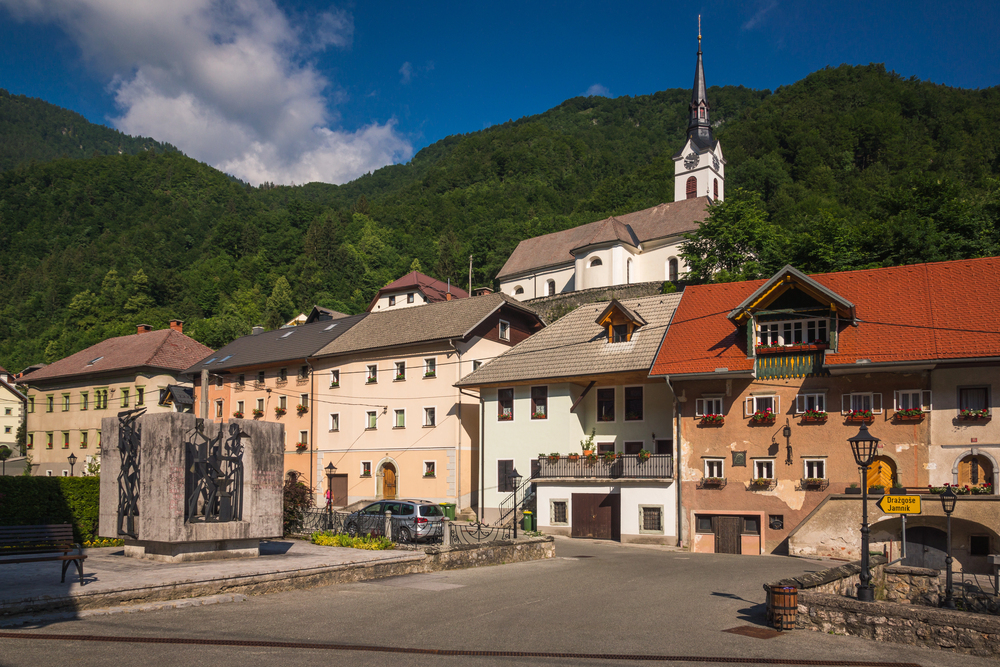
This historic ironworking village in the Julian Alps preserves centuries of
metalworking tradition through its living museum and active workshops. The village’s
distinctive architecture reflects its industrial heritage, with workers’ houses and
former forges lining the narrow valley of the Kroparica stream.
Local blacksmiths continue to produce decorative ironwork using traditional techniques passed down through generations. The surrounding area offers numerous hiking trails leading to abandoned mine entrances and waterfalls.
Planning Your Perfect Village Escape
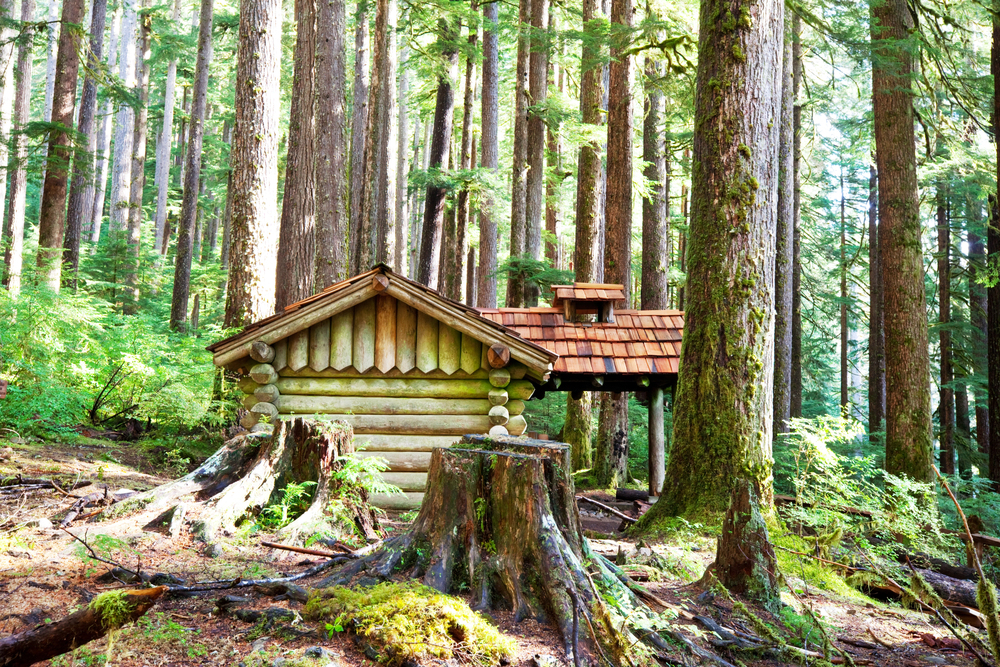
These enchanting villages offer unique windows into Eastern Europe’s rich cultural
heritage. Each offers its blend of history, tradition, and natural beauty. Whether
you’re seeking architectural wonders, cultural immersion, or simply a peaceful
retreat, these destinations promise unforgettable experiences away from the tourist
crowds.
Remember that many of these villages are best explored slowly, allowing time to
absorb their unique atmospheres and connect with local traditions that have endured
for centuries.
More from Travel Pug

- 15 Dangerous European Cities to Avoid
- 15 Caribbean Islands Where Tourists Keep Getting Scammed
- The 20 Most Fascinating Abandoned Places: A Journey Through Time and Forgotten Spaces
- 15 Hidden Places in the Smithsonian Museums Locals Love: A Guide to Lesser-Known Treasures
- 16 Hidden Florida Beach Towns That Aren’t Overrun with Tourists
Like Travel Pug’s content? Follow us on MSN.
